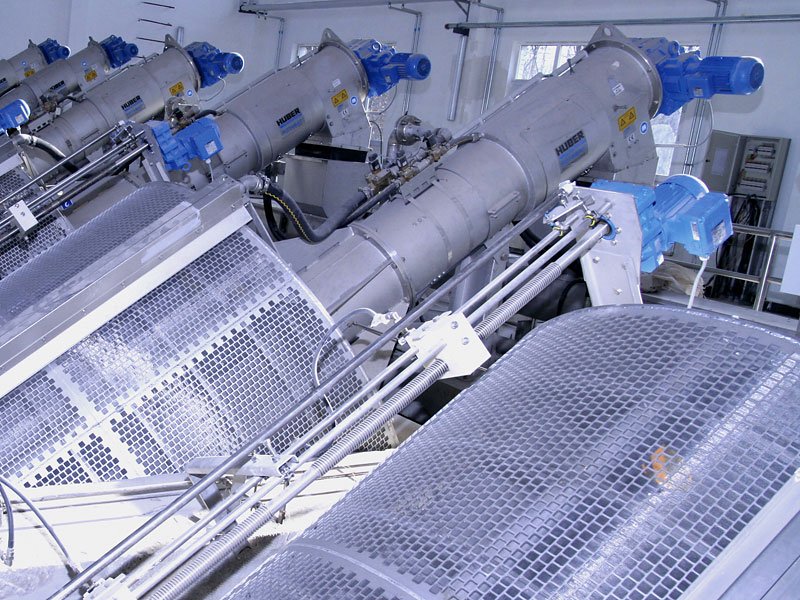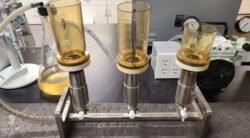PFAS in Water
PFAS in Water: Understanding the Challenge and Solutions for the Future
In recent years, the pervasive presence of per- and polyfluoroalkyl substances (PFAS) in water has become a focal point for environmental engineers, public health advocates, and regulatory agencies alike. These man-made chemicals, often dubbed “forever chemicals” due to their persistence in the environment, pose substantial health risks and environmental challenges. This article aims to provide an in-depth analysis of PFAS in water, examining its implications, regulatory landscape, and innovative treatment solutions as of July 30, 2025.
Understanding PFAS: The Basics
What Are PFAS?
PFAS comprise a wide range of synthetic chemicals including PFOA, PFOS, and GenX. They are commonly used in various industries for their water- and grease-repellent properties. Found in items like non-stick cookware, waterproof clothing, food packaging, and firefighting foams, PFAS have entered water sources through industrial discharge, landfill leachate, and agricultural runoff.
Why Are PFAS a Concern?
Research has linked PFAS exposure to serious health issues, including:
- Cancer (especially kidney and testicular cancer)
- Hormonal disruption
- Immune system impairments
- Reduction in fertility
As of 2024, industry analysis indicated that an estimated 50% of U.S. drinking water sources contain detectable levels of PFAS, with concentrations varying significantly across regions.
Regulatory Landscape
Current Regulations
In 2023, the U.S. Environmental Protection Agency (EPA) issued new health advisories for PFOA and PFOS, recommending action levels of 0.004 parts per trillion (ppt) and 0.02 ppt, respectively. By 2025, the proposed PFAS Action Act aims to regulate all PFAS in drinking water, mandating states to establish enforceable standards.
International Standards
Countries like the EU are at the forefront, having classified PFAS as hazardous substances under the REACH regulations, setting stringent limits on their use. As a result, many manufacturers are pivoting to safer alternatives.
Technical Analysis: How PFAS Contaminates Water
Sources of Contamination
PFAS contaminants primarily enter water systems from:
- Industrial Discharges: Manufacturing plants releasing PFAS directly into nearby water sources.
- Agriculture: Use of PFAS-treated products in farming practices.
- Firefighting Foams: Historical use near airports and military bases.
How PFAS Persists
PFAS are resistant to degradation due to their strong carbon-fluorine bonds. Consequently, standard wastewater treatment methods are often ineffective in removing these substances, necessitating specialized treatment technologies.
Treatment Solutions
Addressing PFAS contamination in water requires an adaptive approach. Here, we explore several effective treatment technologies:
1. Granular Activated Carbon (GAC)
Granular Activated Carbon (GAC) is widely used for PFAS treatment. By adsorbing contaminants onto its surface, GAC can effectively reduce PFAS levels. Recent advancements have seen the development of tailored GAC adsorbents specifically engineered to target PFAS compounds.
Pros:
- High efficiency in removing various PFAS.
- Established technology with significant field data available.
Cons:
- Regeneration and disposal challenges.
- Potential breakthrough of contaminants after saturation.
2. Ion Exchange
Ion exchange resins selectively remove PFAS from water. These resins allow PFAS ions to swap with harmless ions, providing an effective treatment solution at lower concentrations.
Pros:
- High selectivity for PFAS.
- Potentially lower operational costs than GAC.
Cons:
- Regular maintenance required to regenerate resins.
- Limited lifespan for certain resin types.
3. Advanced Oxidation Processes (AOP)
Advanced Oxidation Processes (AOP) involve the generation of highly reactive hydroxyl radicals to degrade PFAS. This technology is especially beneficial for treating complex mixtures of PFAS.
Pros:
- Capable of breaking down even the most persistent PFAS.
- Offers potential for complete mineralization of PFAS.
Cons:
- Capital and operational costs can be high.
- Requires careful handling and monitoring.
[Placeholder for a flowchart illustrating the electrochemical oxidation process]
Case Studies and Kinetic Data
Successful Remediation Projects
-
City of X Water District (2024): Implemented GAC and achieved a 99% reduction in PFOA levels, as documented in a comprehensive field study.
-
Green River Treatment Facility: The use of ion exchange resins successfully reduced PFOS levels below detection limits within three months.
Challenges Ahead
Public Awareness and Infrastructure
Despite regulatory advancements, public awareness around PFAS remains low. Communities often lack the infrastructure to effectively test and treat PFAS contaminants, particularly in rural areas.
Economic Implications
States and municipalities face significant financial burdens for upgrading treatment facilities and managing PFAS contamination. Funding sources, such as the Infrastructure Investment and Jobs Act, provide a mechanism for support but often remain inadequate.
Conclusion
As we move through 2025, the presence of PFAS in water is a challenge that demands urgent attention. Continued regulatory evolution, combined with innovative treatment technologies, provides a roadmap for addressing this public health crisis. By investing in comprehensive treatment solutions and enhancing public awareness, we can mitigate the risks associated with PFAS and safeguard our water resources for future generations.
Call to Action
Are you a municipal director or an environmental engineer? If you’re concerned about PFAS in your water supply, contact our team today for a comprehensive consultation on the latest treatment technologies and regulatory compliance strategies. Let us help you protect public health and the environment.



